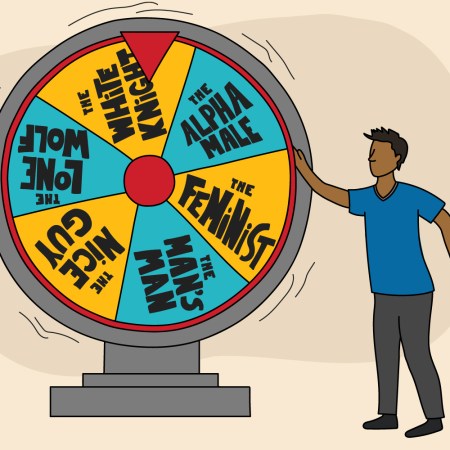As transgender people gain more representation and visibility in our society, some parents view their children’s questions about gender as a troubling “contagion” spread through social media, instead of what it is — a crucial part of their identity.
Proponents of “rapid-onset gender dysphoria,” or ROGD, believe that children who are exposed to other trans kids or those who are questioning their gender will be more likely to question their own gender or become trans, including if they are exposed to these identities in online spaces.
As MIT’s Technology Review found, much of the information about ROGD comes from one paper, primarily based on surveys from “explicitly anti-trans or trans-skeptical websites and forums,” published four years ago. The paper, from Lisa Littman, a physician and researcher, hypothesized a “potential new subcategory of gender dysphoria” in ROGD, where if one child in a group of friends begins questioning their identity, other children will follow suit.
However, the paper was then reissued emphasizing that “Littman’s paper was simply a ‘descriptive, exploratory’ one and had not been clinically validated.” Other medical boards and more than 60 psychology organizations found no evidence for the existence of ROGD and called for the term to be eliminated. But the paper continues to circulate in parent groups online, where parents of questioning teens often turn while seeking their own answers about their child’s identity, finding and falling into dangerous rhetoric.
Parents who believe in ROGD believe that their children were using the internet more or had trans friends before coming out themselves. Even though the paper has been discredited, YouTube videos continue to be made championing it. It’s been used to back harmful anti-trans legislation as recently as this year.
Transgender people have existed, and will continue to exist, regardless of whether other people accept their identity or not. They are real. Take it from the kids themselves: In one July 2022 study, five years after socially transitioning “94% of youth surveyed still identified as transgender and 3.5% identified as nonbinary.” This is a voice that went unheard in Littman’s original paper: no youths were interviewed for her study.
Transgender teens are 7.6 times more likely to commit suicide than their cis peers. While that could be scary to read as a parent, researchers in February 2022 “reported that trans and nonbinary youths who went on puberty blockers or hormones had 60% lower odds of depression and 73% lower odds of suicidality, compared with those who did not.” If parents want to help their children, listening to them should be the first step, before joining a Facebook group.
Thanks for reading InsideHook. Sign up for our daily newsletter and be in the know.


















